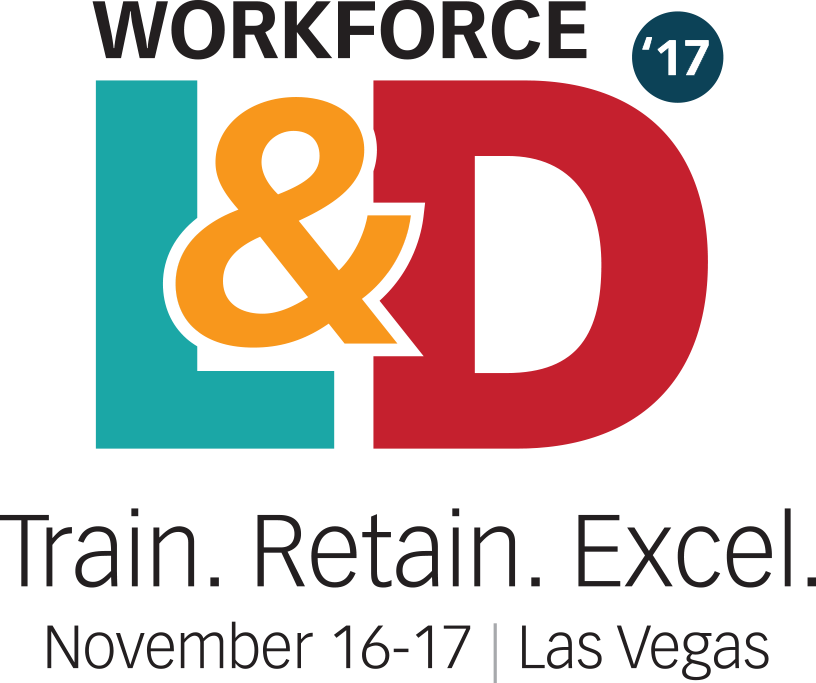Yesterday we looked at some generation-specific considerations for onboarding. Today we’ll look at general considerations.

Tips for Successful Onboarding
Getting employees started on the right foot can be critical to creating a satisfied and motivated workforce. Let’s take a look at some tips for a successful onboarding program.
- Onboarding must start before the employee arrives. Not only is there a lot of preparation to do in advance, the company will need to be in communication with the employee in advance as well. The employee should understand where and when to meet, how to dress, where to park, what to bring, etc. The internal team needs to be working to ensure everything is ready before the employee’s first day.
- Don’t overlook the basics. There are plenty of compliance-related documents that are required, but there are also basic “housekeeping” items that can’t be overlooked, either. For example, be sure to give a tour of the facilities (don’t forget to point out restrooms and break rooms!) and explain all emergency procedures. Take time to explain the organizational chart and interdepartmental interactions. Introduce the employee to appropriate people throughout the organization. Explain who to turn to with questions.
- Be prepared in advance. Nothing looks more disorganized to new employees than a failure to be prepared for their arrival. After all, it wasn’t a surprise!
- There should be a work space ready.
- All required technology, such as a mobile phone, security access, and computer (as applicable), should be ready to go and already set up with the necessary software and access levels as required.
- Paperwork should be ready, including all compliance paperwork to sign and all paperwork for the employee, such as the employee handbook.
- Coworkers should be expecting to meet the new hire—plan these meetings in advance so that current employees have time to devote to the meeting rather than seeming rushed.
- The work space should be immediately usable, including simple things like being stocked with the supplies needed to do the job. The employee shouldn’t have to find these things on day one.
- Everyone needs to know the rules. A fairly standard practice during onboarding is to give the employee information about all company policies. Be sure to give him or her plenty of time to review them and to ask questions, and also get a signed acknowledgment of receipt.
- Be generous with your time. A new hire deserves time and attention from HR and managers. Prepare for onboarding time with new hires, and set that time aside so that it is free of distractions and interruptions. Plan to have discussions about policies, benefits, and more. Ensure that the employee’s direct supervisor is present that day (assuming that person is not the one conducting the primary onboarding processes).
- Create a customized training schedule. For every role and every individual, there will be necessary training. This could be as simple as training on any systems and processes the individual will use. It could be as complex as creating a multiyear program that creates a full development plan for the individual. But the key here is to invest in the new hire and ensure he or she has the tools and information necessary to do the job well. This process begins with the onboarding training schedule.
- Be consistent. Many organizations have begun to utilize checklists for important processes, and the onboarding process is no exception. Consider developing a checklist of essential tasks to get every new hire started on the right track.
- Remember not to overwhelm. While the onboarding process is obviously important, one crucial step is to ensure that the new hire is not simply bombarded with more information than he or she can possibly hope to absorb in too short of a time frame. Plan the training and meetings over a sufficient number of days, weeks, or months in order to allow the new hire to absorb the information and get the most benefit.
Bear in mind that the employee onboarding process can take months or even years, not simply a few days. One of the biggest reasons for employee turnover is that too many organizations do not invest enough (or sometimes even any) time ensuring new employees are trained and welcomed into the organization.
 Millennial and Gen Z workers now make up over half of the entire workforce, does your training program meet their needs and expectations? Follow in the footsteps of successful employment brands like Yelp, Adobe, Salesforce, and Dow to create learning opportunities that suit your employees’ needs when you attend, “Millennials at Work: Top Employment Brands’ Strategies for Continuous Learning and Engagement,” at the 2017 Workforce Learning and Development Conference. Click here to learn more. Millennial and Gen Z workers now make up over half of the entire workforce, does your training program meet their needs and expectations? Follow in the footsteps of successful employment brands like Yelp, Adobe, Salesforce, and Dow to create learning opportunities that suit your employees’ needs when you attend, “Millennials at Work: Top Employment Brands’ Strategies for Continuous Learning and Engagement,” at the 2017 Workforce Learning and Development Conference. Click here to learn more. |
